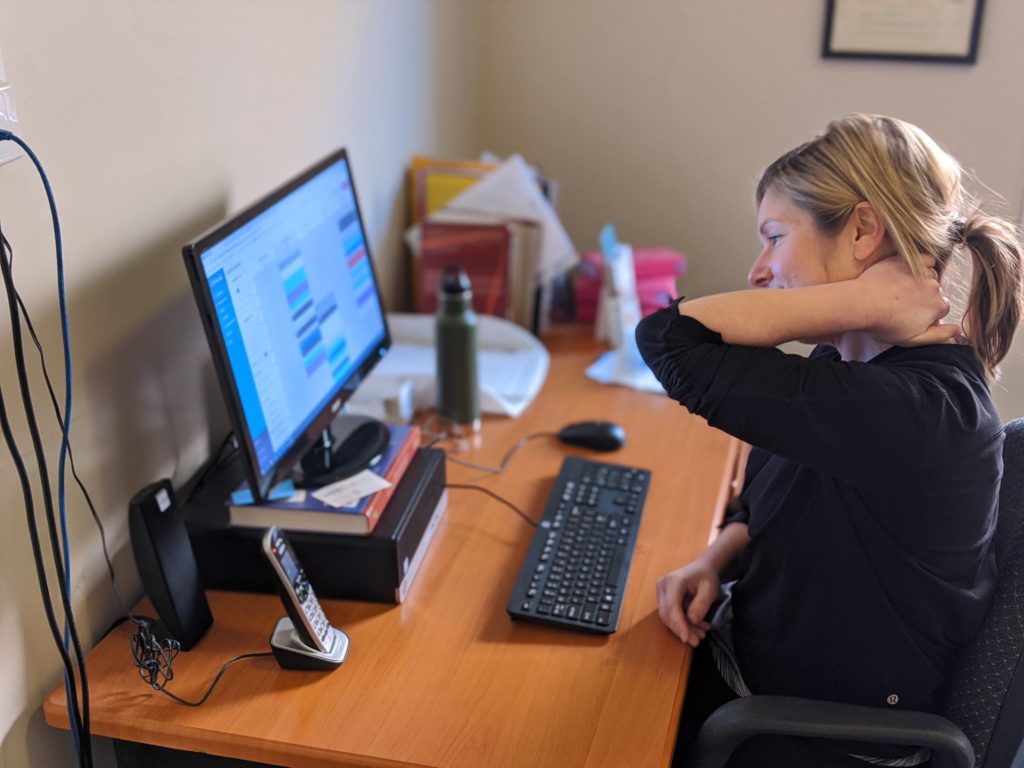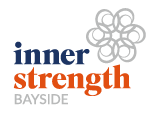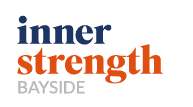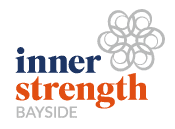Have you been suffering from headaches since working from home?
Since the onset of COVID 19, working from home has become the new normal. This may have had a detrimental impact on your spine, in particular your neck pain and headaches. Sitting for prolonged periods of time encourages poor posture which places extra stress on the muscles, ligaments and joints as well as neural structures throughout the body.

Working from home for most people has meant a more sedentary lifestyle and perhaps increased stress:
- You get up less.
- You move less in general throughout the day and are often working longer days.
- You may not have an ideal work space which is set up to aid your posture.
- You may be trying to juggle working from home and looking after children or other family members.
Headaches are common, but can also be complex and caused by a multitude of things. There are different types of headaches such as migraines and tension type headaches and then there are cervicogenic headaches.
Cervicogenic headaches are musculoskeletal by nature and impact the muscles and joints in the neck, head and jaw. These headaches are generally accompanied by neck pain and commonly cause pain on both sides of the head but they can present on one side alone.
What cases a cervicogenic headache?
- Stress and tension
- Poor posture
- Temporomandibular joint/ jaw issues: may be impacted by mask wearing
- Trauma (e.g. whiplash)
- Degenerative changes in the spine (e.g. osteoarthritis)
Why Physiotherapy?
Physiotherapy is proven to be effective in the treatment and long-term management of cervicogenic headaches. It is important to note that headaches are complicated and it is important for your physio to get a detailed history and complete a thorough assessment to ensure the correct diagnosis and therefore treatment. If necessary, you may be referred to your GP to explore medical management to address contributing factors such as medications and hormonal changes.
Physiotherapy treatment generally involves:
- Advice: activity modifications, ergonomic set up changes, postural education
- Manual therapy: massage, spinal mobilisation, dry needling
- Exercise prescription: to maintain mobility and strengthen and improve the endurance of the surrounding neck muscles and postural muscles to prevent recurrence of pain
Written by Caitlin Collenette


